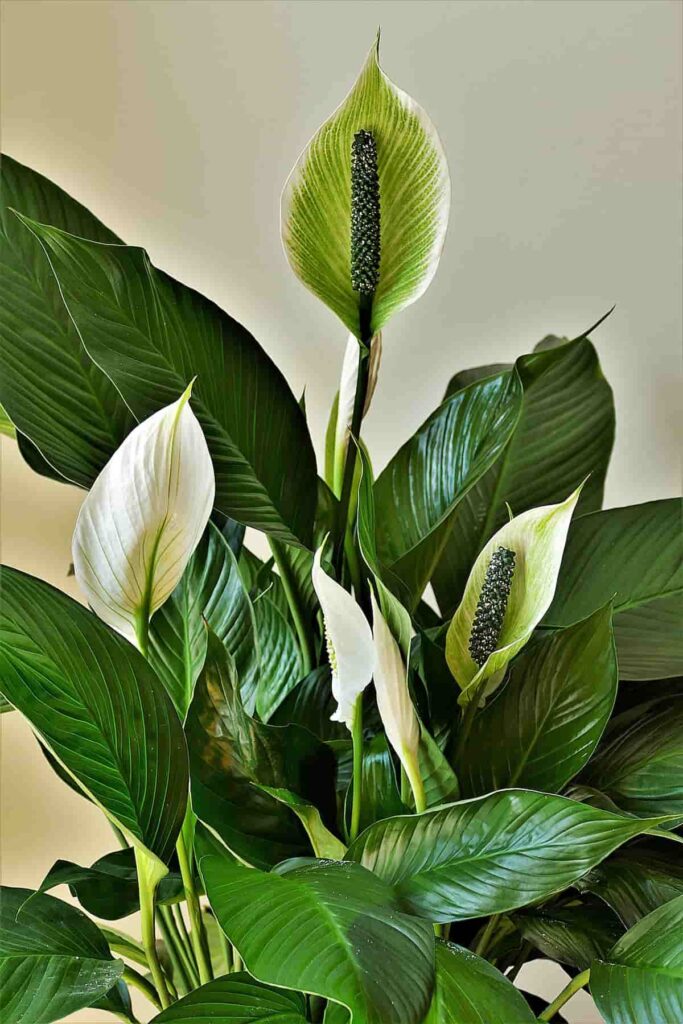Consider adding houseplants to your options list if you’re looking for ways to combat condensation and mold issues. Houseplants are natural humidifiers, which will help reduce the amount of moisture available for mold and other fungi to grow. Also, plants have several other benefits for your home, including reducing stress levels and providing oxygen.
Mold and condensation are two problems that can be difficult to deal with. Mold is a fungus that forms on surfaces in wet and humid environments, leading to health hazards such as respiratory problems and illness. Condensation is the water droplets that form on surfaces when the humidity levels rise, making your home feel damp and uncomfortable.
Adding houseplants is one of the best ways to combat condensation and mold in your home. They look good and help reduce the amount of moisture in the air. By understanding the different types of plants and their abilities to combat moisture, you can make your home more comfortable and less prone to mold or condensation.
Top 10 houseplants to combat condensation and mold in your home
Rubber plant
Many houseplants can help combat condensation and mold in your home. One type of plant that is often recommended for this purpose is the Rubber plant. A Rubber plant is an excellent choice if you want to reduce the amount of moisture in the air. They have long leaves that trap water droplets, which helps to prevent condensation from occurring. Additionally, Rubber plants emit odors that can deter pests and insects and help keep Mold away.
The Rubber plant is a good choice for people with condensation and mold because it has several desirable features. First, the Rubber plant is low-maintenance, meaning it doesn’t require a lot of water or fertilizer. Second, the Rubber tree is tolerant of low light levels, so it won’t need as much attention from you as other plants might. Finally, the Rubber tree’s leaves are very absorbent, so they will help to soak up moisture and prevent condensation from forming.
In case you missed it: A Guide to Repotting House Plants: A Step by Step Process for Beginners
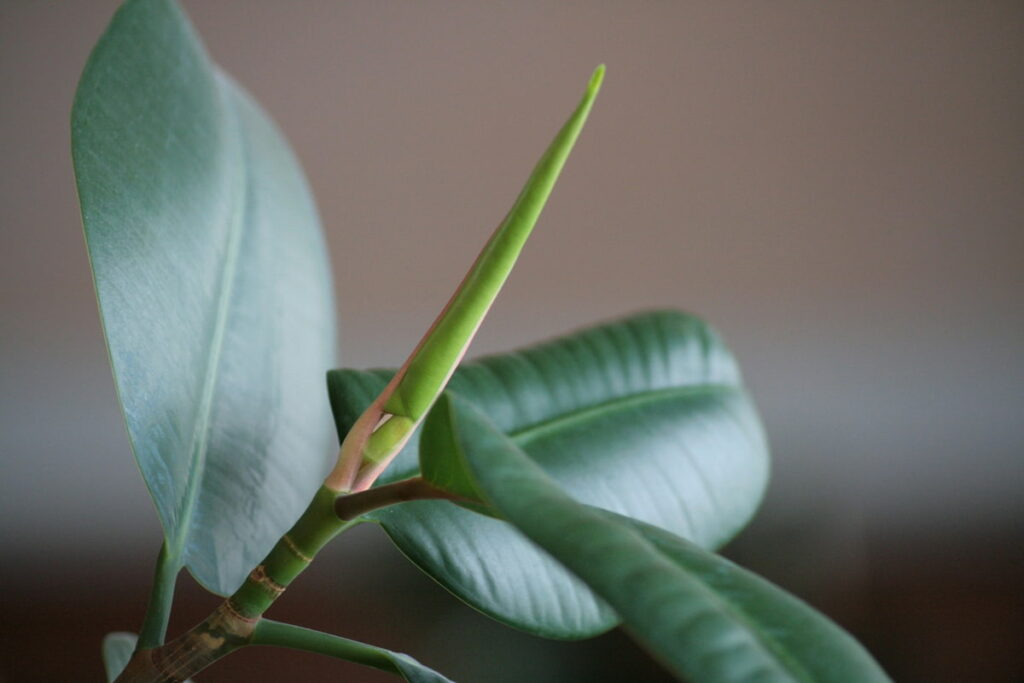
Aloe Vera
If you’re finding that your home is accumulating moisture and mold, adding some houseplants may help. Once you’ve added these plants to your home, be sure to water them well and keep an eye on the humidity levels in the room. Aloe Vera is the best plant for combatting condensation and mold. Its high-water content means that this plant can help to retain moisture in the air, helping to prevent damage from either condition. Additionally, Aloe Vera is easy to care for and has a long life span, making it an ideal choice for anyone looking for a long-term solution. They’re also hardy, so you don’t need to worry about them dying if you don’t take care.
Peace Lily
Peace Lily plants are excellent at fighting off condensation and mold. They also give your home a peaceful atmosphere. Peace Lilies are especially beneficial because they suck up moisture and can be used to reduce the number of times you need to turn on the AC or heat during the winter months. Peace Lilies are masters at countering moisture levels in the air. They have large leaves that trap a lot of water vapor.
In addition, their flowers release a lot of pollen which helps to disperse moisture around the room. Combine this ability with their natural anti-fungal properties, and you have a plant that can help to reduce condensation and mold from forming in your home. Peace Lilies are the most popular houseplant because they help to combat condensation and mold in your home.
These plants have a dense root system that helps to remove moisture from the air, which can lead to condensation and mold. Peace Lilies need little watering and prefer a moderate light level, making them an ideal plant for those who live in humid climates. In addition, these plants are simple to care for, making them an excellent choice for anyone who wants to fight off condensation and mold in their home.
In case you missed it: Growing Peace Lily – Planting, Care
Snake plant
Snakes are one of the plants that can help combat condensation and mold in your home. They have a high-water content, so they can absorb moisture quickly and help to reduce moisture levels in the air. These plants typically require minimal care and will thrive in most indoor environments. However, keep an eye on them because they can become invasive if not planted correctly. These plants grow very rapidly and will help to take up space quickly in your home, helping to reduce the amount of moisture that can accumulate.
In case you missed it: Growing Snake Plants Indoors – A Full Guide
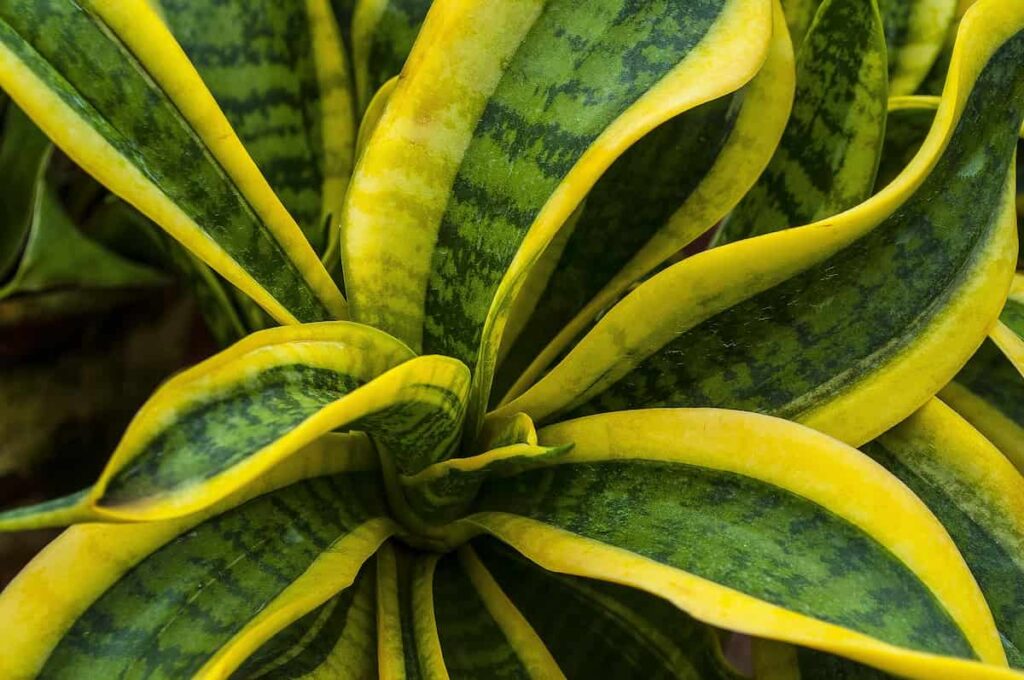
English Ivy
English Ivy is an ideal houseplant for combating condensation and mold in your home. The plant’s dense, glossy leaves help trap moisture and prevent mold growth. English Ivy also produces a fragrant, creamy white flower that can add a touch of beauty to any room. In addition, English Ivy is a hardy plant that can tolerate low light levels and is suitable for filtering the air in your home.
To keep English Ivy healthy, prune it regularly to remove dead branches and leaves. Water English Ivy well when the soil starts to feel dry, and fertilize it monthly with a balanced fertilizer. Keep windows closed during winter to help keep your home warm and damp, and monitor the humidity levels in your home closely to ensure they stay below 50%.
English Ivy is low-maintenance and can be kept indoors or out, making it an excellent choice for anyone. In addition to its anti-mold properties, English Ivy has many other benefits, including adding beauty and presence to your home. To keep English Ivy healthy and flourishing, give it plenty of light, water, and fertilizer. If you are having trouble keeping it watered, try using a humidity tray or misting to help the plant absorb more water. When grown outdoors in full sun exposure, English Ivy will need occasional repotting; use only organic soil when repotting as this plant loves acidic soils.
In case you missed it: Growing English ivy Plant (Hedera helix) – A Full Guide
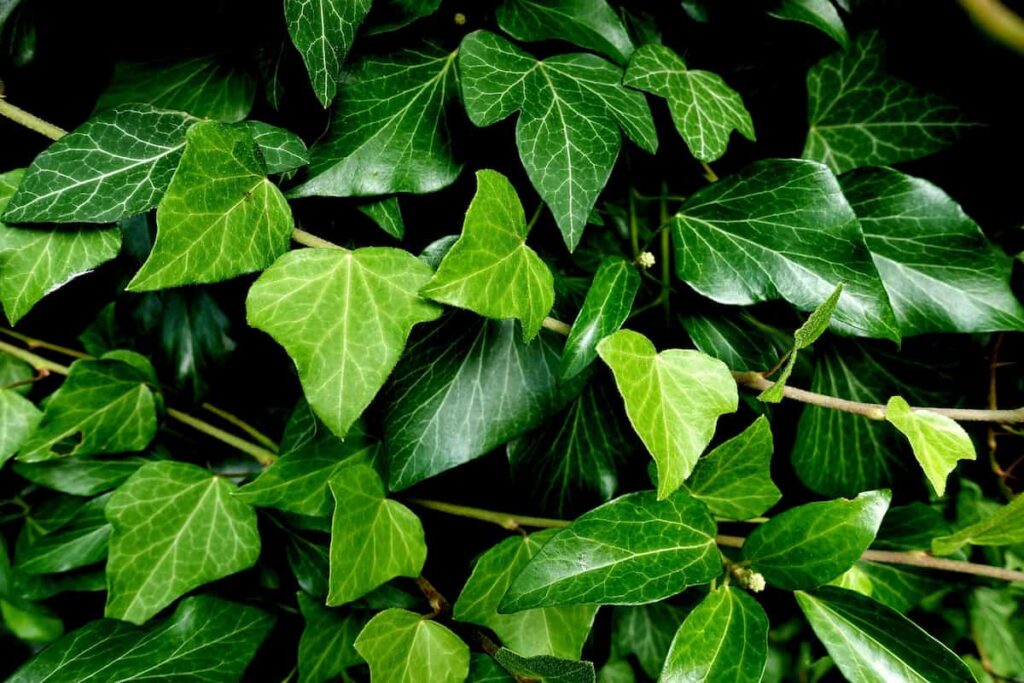
Palm
Palm trees are one of the plants that can help to combat condensation and mold in your home. They effectively remove humidity from the air, and their long leaves can easily catch moisture. In addition, Palm trees are also known to be good plants for purifying the air.
Mint
Mint is a great plant to add to your home for several reasons. Not only does it help to combat condensation and mold, but it also has a fresh smell that can be helpful if you are struggling with allergies. Another benefit of Mint is that it helps relieve headaches and stress. So, if you are looking for a houseplant that can do a lot, Mint is worth considering.
Calathea
When the temperature outside is colder than the temperature inside your home, moisture will form and collect. This can lead to condensation and mold on surfaces, as well as increased humidity in the air. Several houseplants can help combat these issues. One option is to add a succulent garden to your home.
These plants draw moisture from the air and help to keep it at bay. One of the best houseplants for combating these issues is the Calathea. Calathea is a quick-growing, evergreen shrub that can grow up to four feet tall, making it an ideal choice for small spaces. Not only does Calathea help to reduce condensation and mold, but it’s also excellent at eliminating airborne pollutants such as pollen and dust mites.
In case you missed it: House Plants Care, Tips, Ideas, and Techniques
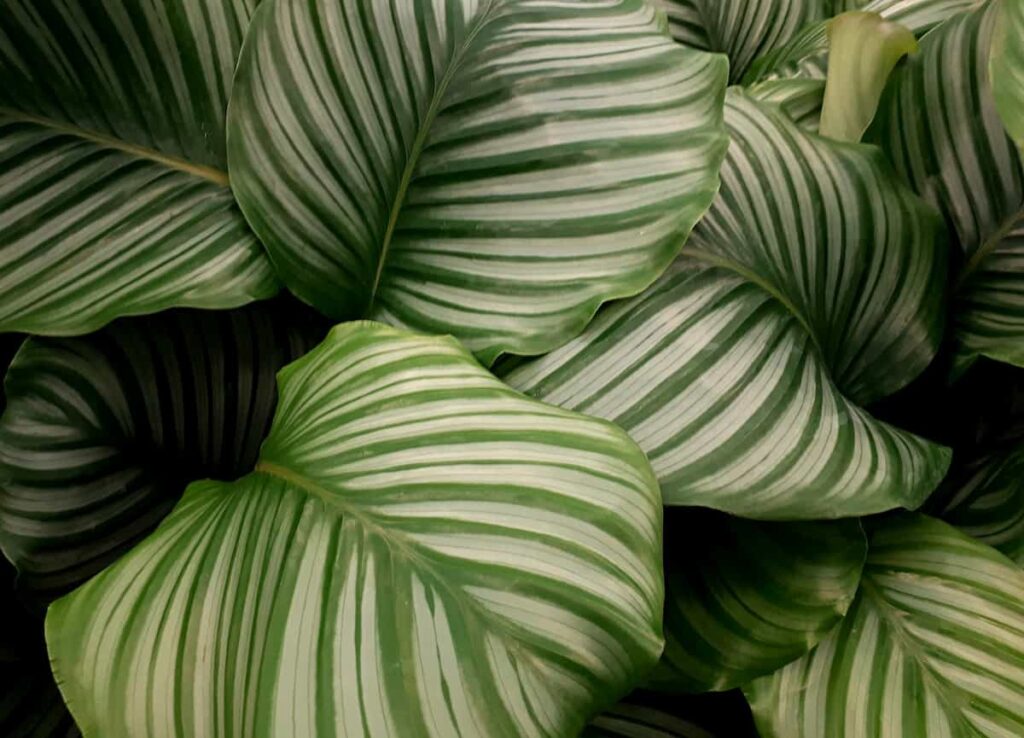
Bamboo Palm
Bamboo Palms are great for combating condensation and mold in your home. These plants have thick, fibrous leaves that act as natural air filters and can help keep your home cool during summer months when the air is stagnant. In addition, Bamboo Palms are easy to care for and tolerate low light levels.
These plants can help regulate humidity levels, reducing the chances of pests growing and thriving. In addition, Bamboo Palms are known for their air-purifying properties, which can help clean up smells and contaminants in the air. Bamboo Palms are a relatively newest addition to the houseplant world and are quickly gaining popularity for their unique water conservation abilities. Bamboo Palms grow slowly, so they don’t require as much attention as other houseplants.
In case you missed it: 12 Common Bamboo Plant Problems: How to Fix Them, Solutions, and Treatment
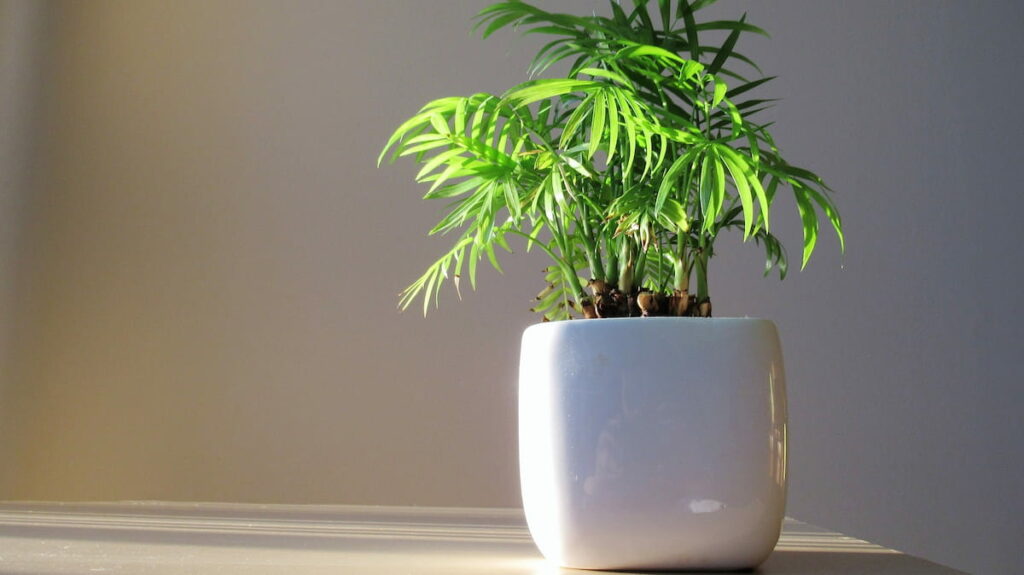
Spider plants
Spider plants are perfect for combating condensation and mold issues because they can adsorb large amounts of moisture from the air. This allows you to keep your home cool and dry, which will help to prevent condensation and mold from forming. Spider plants also have a high level of resistance to pests and diseases, so they will not suffer from any of these problems. So, if you are looking for a houseplant that can help combat condensation and mold in your home, consider adding a Spider plant to your garden or home.
Spider plants are great because they absorb moisture from the air, which helps to reduce condensation and dampness. Plus, their leaves and stems are high in chlorophyll, which makes them effective at fighting off bacteria and fungi. Many different types of Spider plants can help to combat condensation and mold in your home. Spider plants have long, sticky vines that can quickly bind to water droplets and other particles, preventing them from building up and causing mold or condensation.
These plants also have large leaves that can absorb a lot of water, making them an excellent choice for areas with a lot of moisture build-up. You can quickly grow Spider plants in various environments, including indoors or out. They require minimal water and do not need soil or sunlight to grow, making them perfect for people who are limited in space or want to keep their plants healthy without extra work.
Conclusion
If you are seeing condensation or mold on your walls, ceilings, and flooring, there is likely a moisture problem in your home. When condensation and mold growth in your home, the best thing to do is eliminate all the moisture causing it. Adding plants to your home can help reduce the moisture trapped by the building materials. Many types of plants can help reduce moisture levels in your home, so find one that will work best for you and your family.
- Flower Garden Designs and Layouts for Beginners
- Planting and Spacing Techniques in Papaya: A Beginner’s Guide
- Growing Gold: Essential Techniques for Planting Pineapples
- How to Make Kalanchoe Plant Bushy: Home Remedies and Solutions
- 11 Reasons Why Your Gardenia is Not Blooming: Home Remedies and Solutions
- Eco Elegance: The Guide to Designing a Drought-Tolerant Landscape
- Gardening on a Slope: Strategies for Hillside Landscaping
- Nourish and Flourish: Top Organic Mulches for Thriving House Plants
- Everything You Want to Know about Indian Mogra Flower: Discover Uses and Growing
- Green Thumb Success: Expert Tips for Cultivating Greenhouse Pumpkins All Year Round
- Maximize Growth & Flavor: The Ultimate Guide to Companion Planting in Herb Gardens
- How to Control Rhododendron Problems Naturally: Home Remedies and Organic Ways to Fix Them
- Natural Magic: The Remarkable Benefits of Cinnamon for Plants
- Best Steps to Revive Dying Tulip with Natural and Organic Treatment
- 10 Reasons Why Your Angel Trumpet is Not Blooming: Remedies and Treatment
- How to Fix Periwinkle Leaf and Flower-Related Problems: Natural Remedies and Solutions
- How to Fix Zinnias Leaf and Flower Problems: Discover Natural and Home Remedies
- Organic Steps to Induce Lemon Tree Flowers: A Comprehensive Guide
- Bloom Booster: Crafting the Perfect Homemade Bougainvillea Fertilizer
- Optimizing Growth: A Guide to Applying NPK Fertilizer for Potted Plants
- 10 Best Homemade Fertilizers for Rubber Plant: DIY Recipes and Application Method
- How to Boost Female Pumpkin Flowers: Effective Steps for More Flowers and High Yields
- Transform Your Indoor Garden: Top Benefits of Pink Salt for Houseplants
- 10 Best Homemade Fertilizers for Peacock Plants (Calathea): Easy DIY Guide
- Unlock Blooms: 9 Reasons Why Your Potted Chrysanthemum is Not Blooming
- 8 Reasons Why Your Potted Hibiscus is Not Blooming: Fix it with Simple Solutions
- Unlock Blooms: 9 Key Reasons Your Potted Frangipani Won’t Flower
- 10 Reasons Why Is My Ice Plant Not Blooming: Remedies and Treatment
- 10 Reasons Why My Potted Hydrangea Not Blooming: Treatment and Remedies
- 10 Reasons Why is My Wisteria Not Blooming: Remedies and Treatment
- 10 Reasons Why is My Goldfish Plant Not Blooming: Remedies and Treatment
- Maximize Your Space: Ultimate Guide to Balcony Gardening with Grow Bags
- 10 Reasons Why Your Iris is Not Blooming: Remedies and Treatment
- 10 Reasons Why Your Anthurium Plant is Not Blooming: Treatment and Remedies
- 10 Reasons Why Your Aquaponic Plants Are Not Flowering: Remedies and Treatment
- 10 Reasons Why Your Agapanthus is Not Flowering: Remedies and Treatment
